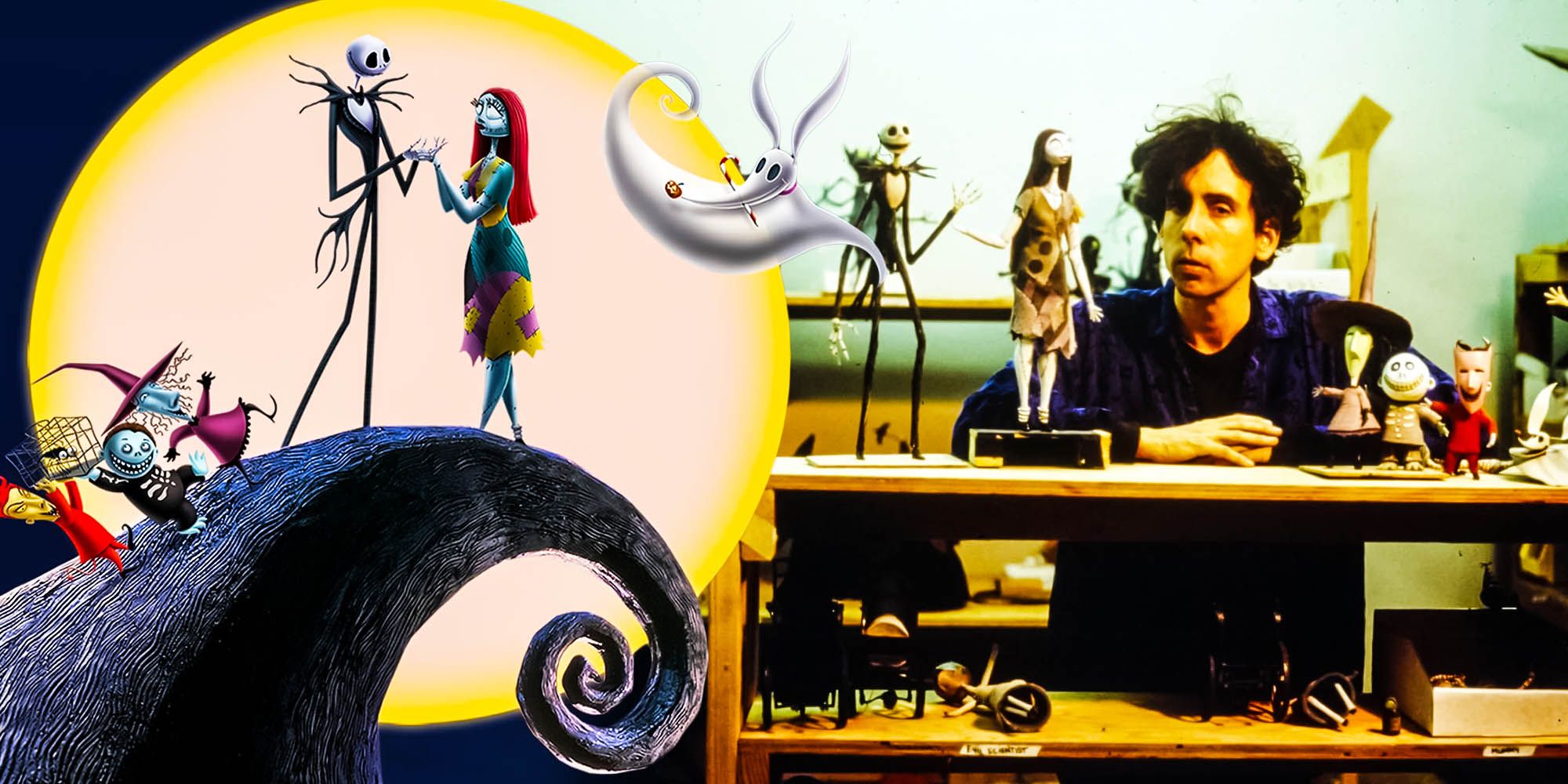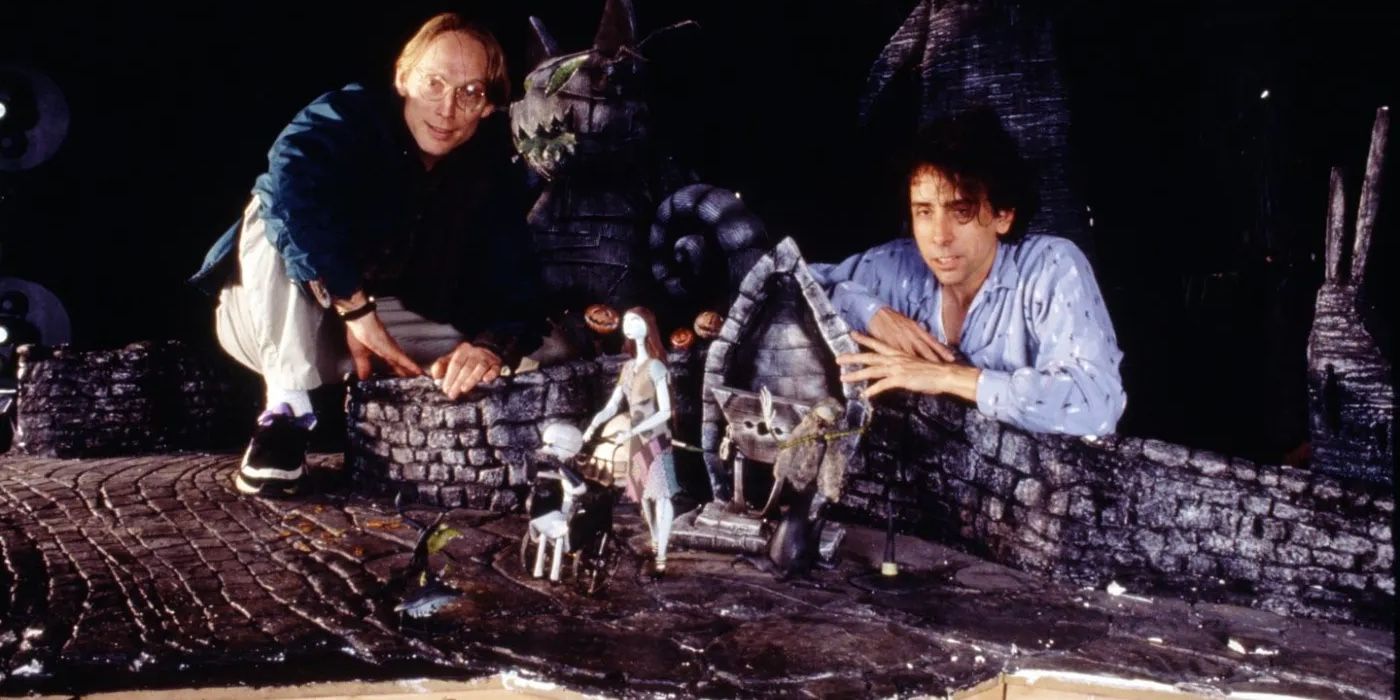Tim Burton’s The Nightmare Before Christmas notably revamped stop-motion picture-making into the modern age, and this meant spending a painstakingly long time to make the movie. Premiering in 1993, The Nightmare Before Christmas follows Jack Skellington, the Pumpkin King of Halloween Town, who stumbles upon an entrance to Christmas Town during an identity crisis. Jack becomes obsessed over the idea of bringing Christmas to the monsters and ghouls of his community, bringing the holiday under his control before realizing how terribly awry his plans have gone.
Following the success of his stop-motion short film Vincent in 1982, Tim Burton routinely came back to the idea of making a film out of the characters of a poem he wrote the same year while working as an animator for Disney. Although his name slapped in the title would suggest otherwise, Tim Burton didn't direct The Nightmare Before Christmas - his name is honored for creating the characters and premise. While the movie had long been a passion project for Burton, he decided to give up the directing reigns to Henry Selick for two key reasons: He had a prior commitment for directing the 1992 sequel Batman Returns, and he didn’t have the mental capacity for the painstakingly slow and tedious process of stop animation for a full feature (via Tim Burton: The Iconic Filmmaker and His Work).
After Henry Selick signed on to direct, animation production for The Nightmare Before Christmas officially began in July 1991. The animation crew consisted of 120 members, with a total of 109,440 frames taken for the movie - obviously not a quick process. With how many characters are featured in Jack’s visit to Christmas Town and his home in Halloween Town, The Nightmare Before Christmas's original team had to construct 227 puppets with about 400 different facial expression heads for Jack Skellington alone. The process of pre-production storyboarding, animation production, editing, and voice acting added up to The Nightmare Before Christmas taking over three years to make.
While three-and-a-half years may seem like a lot for finishing a 90-minute movie, it was an incredible feat for The Nightmare Before Christmas’s crew. The Christmas/Halloween movie was monumental in stop-motion feature production, primarily having the 1970s Rankin/Bass Christmas classic TV specials as its inspirational predecessors. Stop-motion was primarily defunct for major motion pictures at the time of The Nightmare Before Christmas’s musically-inclined production, which is why Burton originally imagined the movie would be a Disney TV Christmas special. It wasn’t until The Nightmare Before Christmas received high critical acclaim for its animation style and, as Roger Ebert reviewed, its visual effects that were “as revolutionary as Star Wars,” that stop-motion was taken seriously again - albeit under a nearly 4-year process.
Since The Nightmare Before Christmas’s 1993 reinvention of the tedious stop-motion practice, plenty of other animated films have achieved wide success for the same style. Burton later directed the stop-motion features Corpse Bride and Frankenweenie, both of which stand as some of his best work in the 21st century and each garnered the director Academy Award nominations for Best Animated Feature. After a little over a decade of modern advancements between The Nightmare Before Christmas and Corpse Bride, the latter took only 55 weeks to shoot compared to the former’s 2 years.


